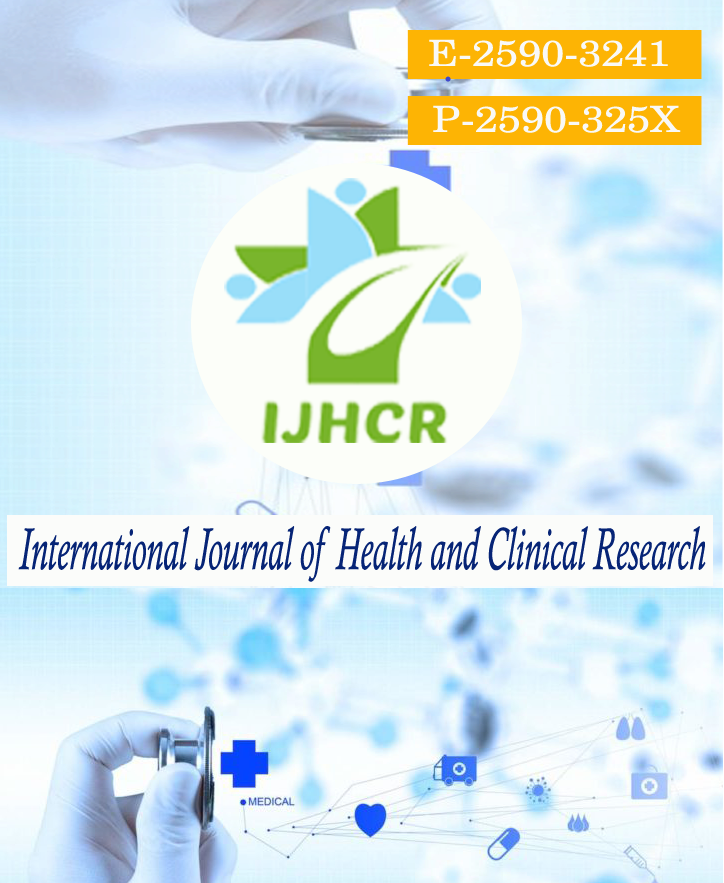Primitive Neuroectodermal Tumor at uncommon sites-A Case Series in a tertiary care hospital
Keywords:
gluteal region, kidney, mandible , nasal cavity, neuroectodermal tumour, scalp.Abstract
Introduction: Primitive neuroectodermal tumours(PNET) are malignant small round cell tumors with a neuroectodermal origin. They belong to EWING Sarcoma family of tumors (ESFT) which is an agressive form of malignancy. Aim: To study clinical behaviour, anatomical location, histological findings of the tumor and correlation with immunohistochemistry (IHC). Materials and Methods: This is a prospective study conducted in a tertiary care hospital for one year. We studied the cases according to their age and sex, the clinical presentations and site of tumor, the duration of the lesion, its size, the treatment provided and the histopathogical findings along with the IHC. Results: This study comprises six case of PNET each arising from scalp nasal cavity, kidney, mandible and two cases from gluetal region with varied presentation. Youngest age group to be affected was 1year old and the oldest group to be affected was 62 years old. All the five cases affected were male and only a single case were a female. the patients have undergone treatment and were reffered to oncology department for further management. Conclusion: PNET is a small blue round cell tumor and is a diagonistic challenge beacuse of similar histomorphogical features with the large spectrum of small blue round cell tumors. Light microscopy with the help of immunohistochemistry and cytogenetics will aid in precise diagonsis and proper management of patients.






 All articles published in International Journal of Health and Clinical Research are licensed under a
All articles published in International Journal of Health and Clinical Research are licensed under a 